Bithynia tentaculata
Cincinnatia integra
Amnicola limosa
Potamopyrgus antipodarum



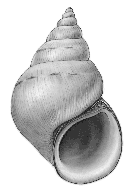

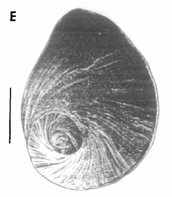
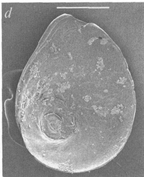
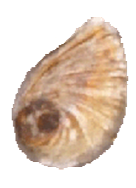
Some native (C. integra, A. limosa) and invasive (B.
tentaculata, P. antipodarum) species that are hard to tell apart.
|
Bithynia tentaculata |
Cincinnatia integra |
Amnicola limosa |
Potamopyrgus antipodarum |
|
|
|
|
|
|
|
|
|
|
Comparison of Fontigens nickliniana and Potamopyrgus antipodarum
| Fontigens nickliniana | Potamopyrgus antipodarum | ||
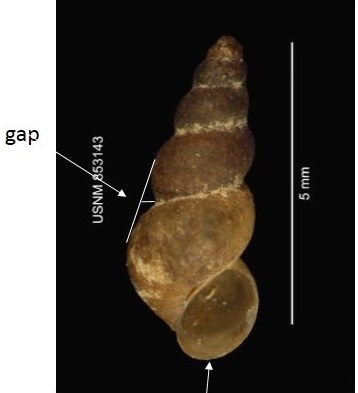 |
 |
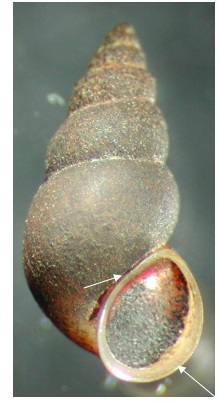 |
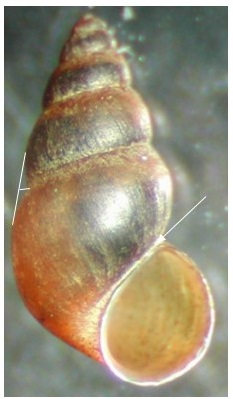 |
|
|
||
| Image on the Left from the Encyclopedia of life. Image on the R from Burch 1980. | Image on the L from report to US Army by Daniell Cosier, Daniel Molloy (NY State Museum) and David Richards (Montana State University). Report includes many excellent images including dissections. | ||